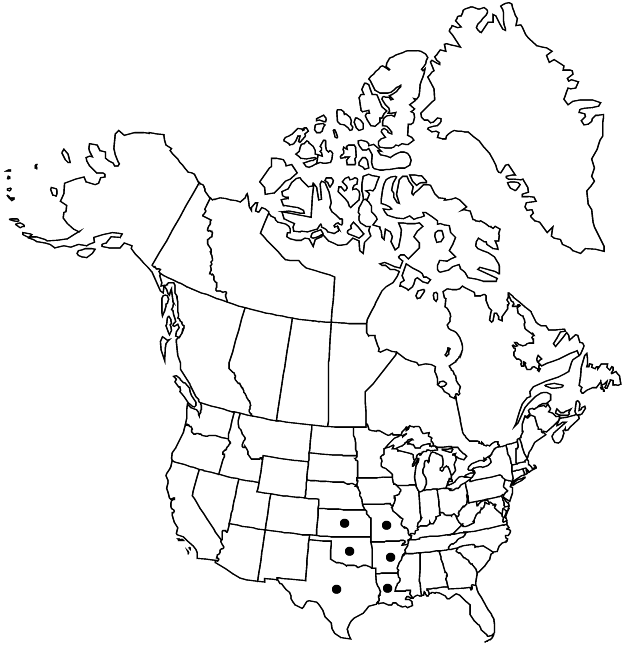Difference between revisions of "Sedum nuttallii"
Man. Bot. ed. 5, 388. 1829 ,.
FNA>Volume Importer |
FNA>Volume Importer |
(No difference)
| |
Revision as of 23:02, 16 December 2019
Herbs, annual, not tufted, glabrous. Stems erect or decumbent, simple or branched, not bearing rosettes. Leaves alternate, widely divergent, sessile; blade pale or bluish green, not glaucous, narrowly lanceolate-elliptic or oblong, subterete to, rarely, globular, 3–6 × 1.5–2 mm, base short-spurred, not scarious, apex obtuse. Flowering shoots erect, simple or branched, 2.5–11 cm; leaf blades lanceolate-elliptic or oblong, base short-spurred; offsets not formed. Inflorescences cymes, 20–60(–100)-flowered, 1–3-branched; branches ± erect to spreading, sometimes slightly recurved, usually not forked, sometimes 1–2-forked; bracts similar to leaves. Pedicels absent or to 1 mm. Flowers 5-merous; sepals erect, distinct, yellow-green, lanceolate or lanceolate-oblong, unequal, 0.6–3 × 0.4–1.5 mm, (base short-spurred), apex acute; petals spreading, distinct, yellow, elliptic-oblong, slightly cucullate, 2–4 mm, apex mucronate; filaments yellow; anthers yellow; nectar scales yellow or translucent, stipitate-reniform, subquadrate, or obovate. Carpels widely spreading in fruit, connate basally, straw-yellow. 2n = 20.
Phenology: Flowering spring–summer.
Habitat: Open areas, shallow soil, commonly over granite or sandstone
Elevation: 200-400 m
Distribution

Ark., Kans., La., Mo., Okla., Tex.
Discussion
Until recently, Sedum nuttallii was thought to have been published first in 1833 (not 1829), a year after S. nuttallianum Rafinesque; consequently the latter name has been applied incorrectly to this species.
Selected References
None.